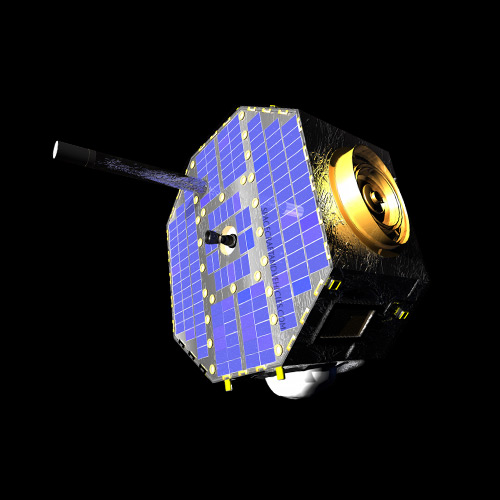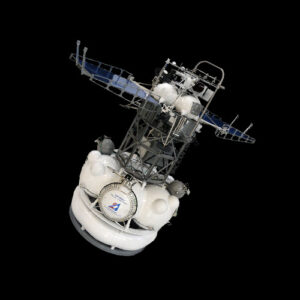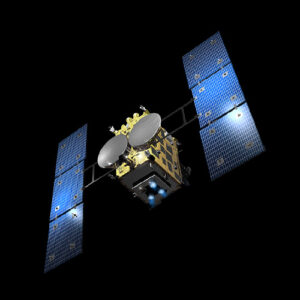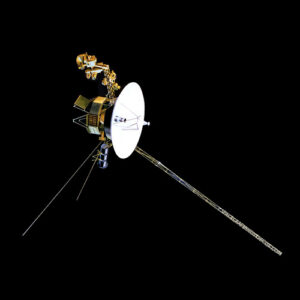Launched on October 19, 2008, the Interstellar Boundary Explorer (IBEX) is a NASA spacecraft dedicated to studying the boundary between our solar system and interstellar space. IBEX’s primary mission is to map the interactions between the solar wind and the interstellar medium, providing unprecedented insights into the dynamics of the heliosphere—the region dominated by the Sun’s influence—and the surrounding interstellar environment. By detecting energetic neutral atoms emitted from this boundary region, IBEX enhances our understanding of cosmic phenomena and the structure of our cosmic neighborhood.
Design and Construction
IBEX was meticulously designed and constructed to fulfill its mission of studying the heliosphere’s boundary with interstellar space. The spacecraft features a compact and lightweight design, housing scientific instruments and propulsion systems within its cylindrical structure. It is equipped with solar panels for power generation and scientific instruments for detecting energetic neutral atoms (ENAs) emitted from the heliosphere-interstellar medium interaction region.
Constructed from durable materials such as aluminum and titanium, IBEX is engineered to withstand the harsh conditions of space travel and operate reliably in the vacuum of space. Its design prioritizes precision and sensitivity to capture subtle variations in ENA fluxes, allowing for detailed mapping of the heliosphere’s boundary.
Mission Objectives
- The primary objective of IBEX is to map the interactions between the solar wind and the interstellar medium at the boundary of the heliosphere.
- Secondary objectives include studying variations in ENA fluxes, characterizing the heliospheric environment, and advancing our understanding of the dynamic processes occurring at the heliospheric boundary.
Launch and Deployment
- IBEX was launched aboard a Pegasus XL rocket from the Reagan Test Site on Kwajalein Atoll in the Marshall Islands.
- After reaching its designated orbit around Earth, IBEX commenced its mission to study the heliosphere’s boundary.
Technical Specifications
- Dimensions: IBEX has a cylindrical body approximately 1.17 meters in length and 0.66 meters in diameter, with a total mass of approximately 113 kilograms.
- Power Source: The spacecraft is powered by solar panels, which convert sunlight into electricity to operate onboard systems and scientific instruments.
- Instruments: IBEX carries two scientific instruments—an IBEX-Hi sensor and an IBEX-Lo sensor—designed to detect and map ENAs with different energy ranges.
Current Status
IBEX has significantly advanced our understanding of the heliosphere and its interactions with the interstellar medium since the start of its mission. Its observations have provided valuable insights into the structure, dynamics, and evolution of the heliospheric boundary, shedding light on fundamental astrophysical processes.
As of [current date], IBEX continues to operate nominally, collecting data and transmitting observations back to Earth. Its findings have contributed to numerous scientific discoveries, including the identification of unexpected features in the heliospheric boundary and the characterization of energetic particle populations in the outer heliosphere.
IBEX’s mission has far-reaching implications for astrophysics, planetary science, and our understanding of the solar system’s place in the galaxy. By unraveling the mysteries of the heliosphere and interstellar space, IBEX is pushing the boundaries of human knowledge and opening new frontiers in space exploration.





